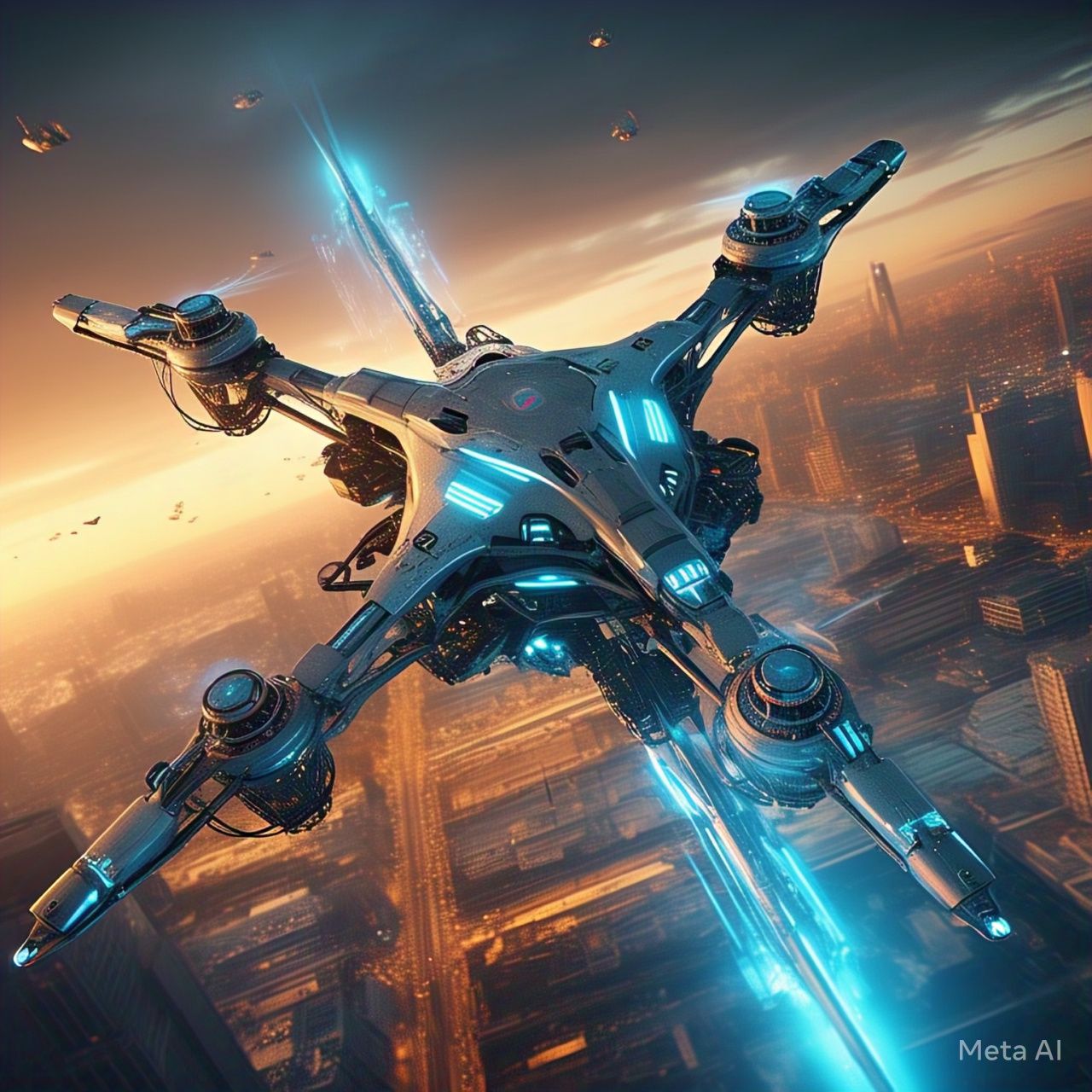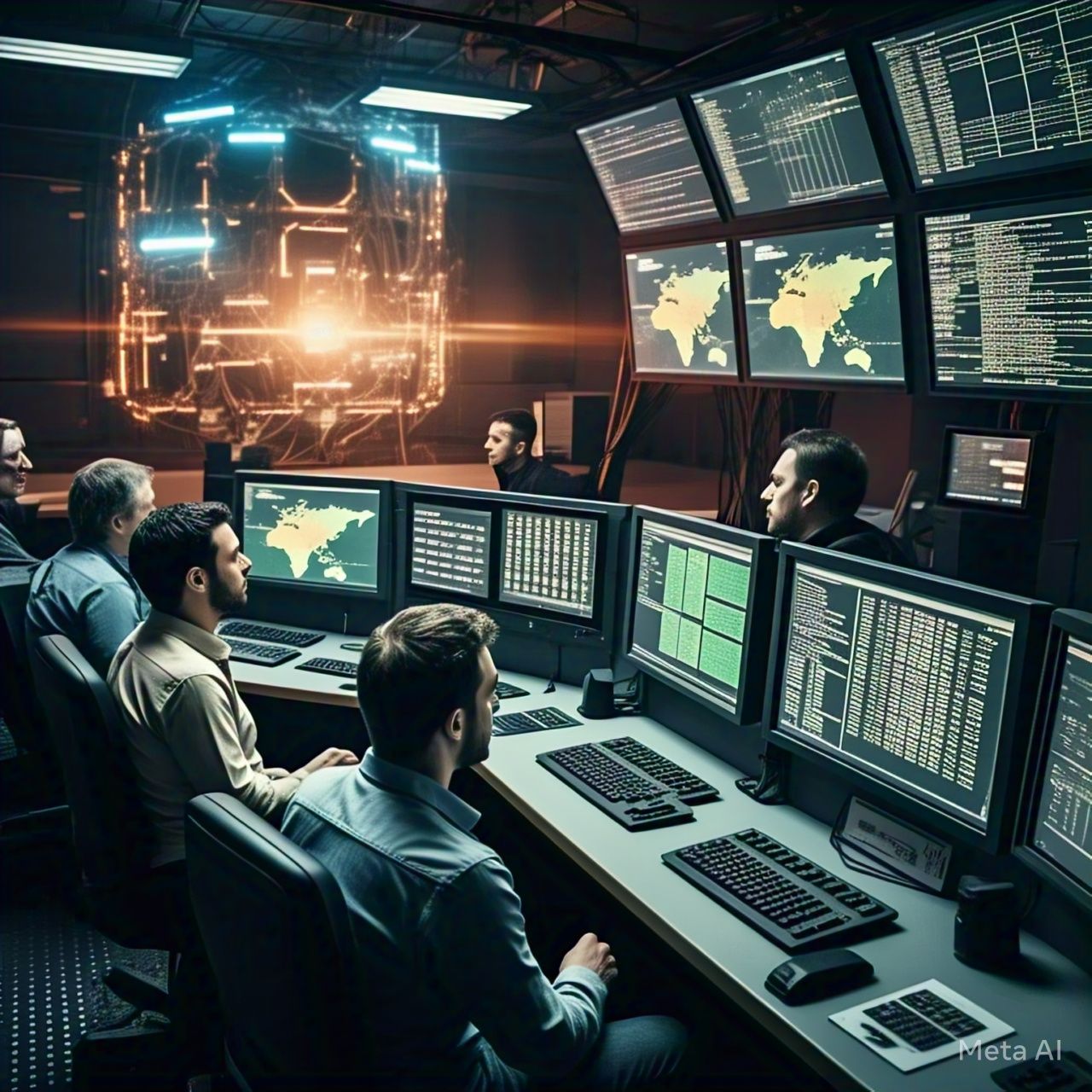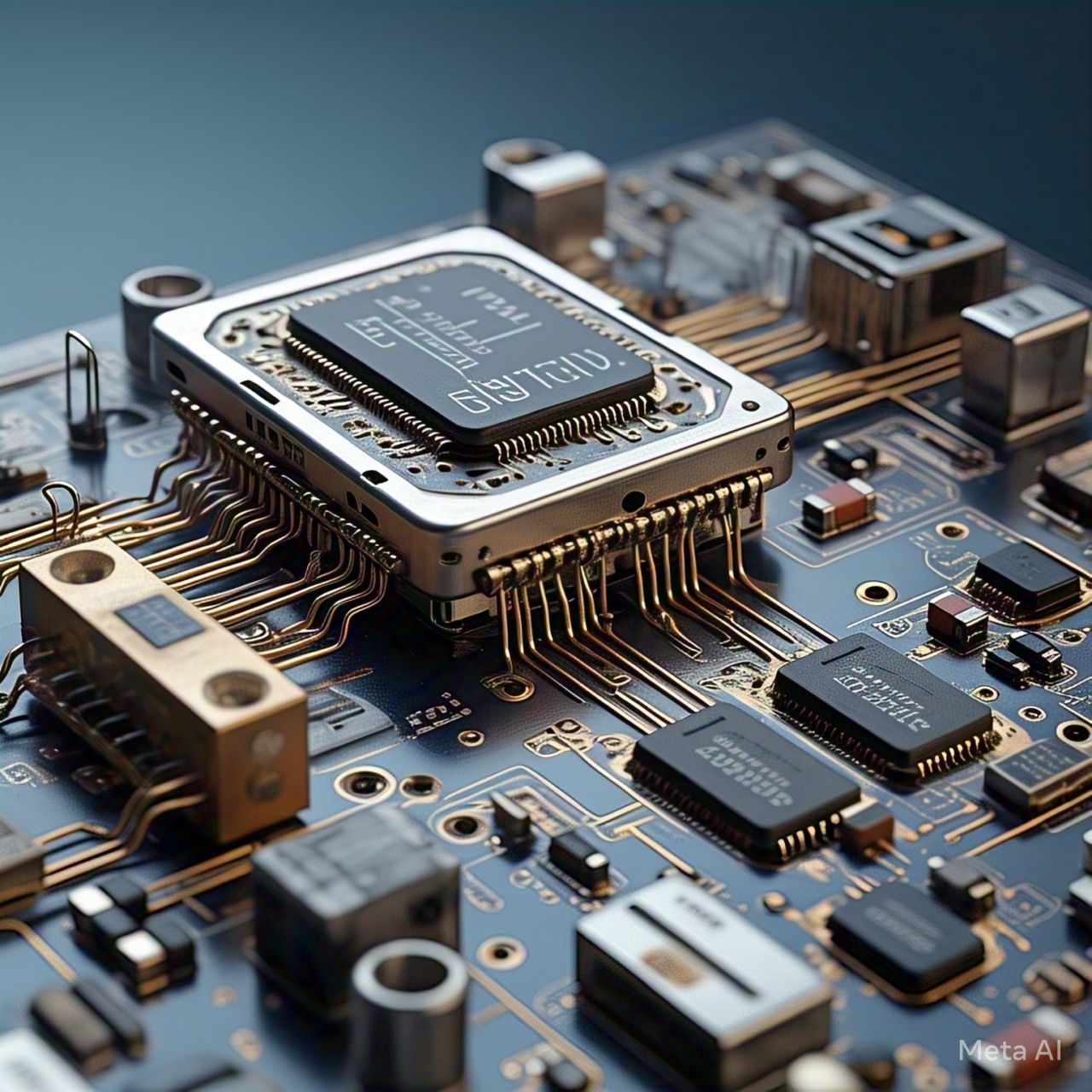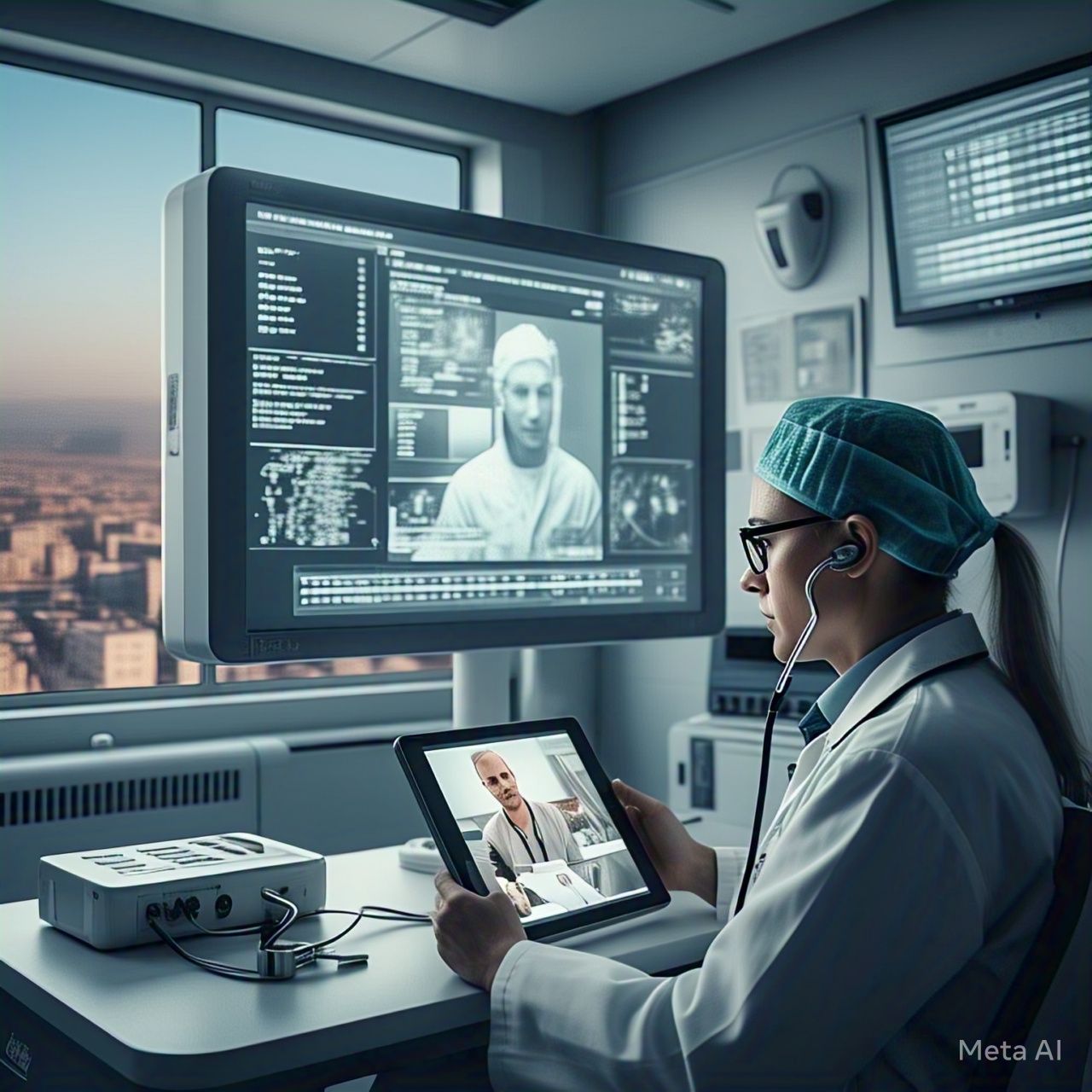Introduction
Artificial Intelligence (AI) is transforming modern warfare, introducing autonomous combat systems that have the potential to reshape military strategy and global security. From AI-powered drones to automated defense systems, the integration of AI into warfare is raising both strategic advantages and ethical concerns. As nations invest in AI-driven military technology, the dawn of autonomous combat presents a critical turning point for the future of global security.
The Role of AI in Modern Warfare
1. Autonomous Weapons Systems
AI-powered autonomous weapons, such as unmanned aerial vehicles (UAVs) and robotic ground forces, are reducing the need for human intervention in combat. These systems can:
- Execute precision strikes with high accuracy
- Conduct surveillance and reconnaissance missions
- Operate in dangerous environments where human soldiers would be at risk
2. AI in Cyber Warfare
AI is also playing a crucial role in cybersecurity, helping nations defend against cyber threats and conduct offensive cyber operations. AI-driven cybersecurity tools can:
- Detect and neutralize cyber threats in real-time
- Analyze vast amounts of data to identify potential vulnerabilities
- Automate responses to cyberattacks, minimizing damage
3. Decision-Making and Strategic Planning
AI enhances military decision-making by processing large datasets, predicting enemy movements, and optimizing battlefield strategies. AI-assisted decision-making enables:
- Faster and more informed responses to threats
- Predictive analytics for military intelligence
- Improved logistics and resource allocation
Ethical and Strategic Concerns
1. The Risk of Autonomous Lethal Force
One of the greatest concerns surrounding AI in warfare is the use of lethal autonomous weapons (LAWs). These systems, capable of identifying and eliminating targets without human oversight, pose serious ethical dilemmas, including:
- Lack of accountability for unintended casualties
- Potential for malfunction or misidentification of targets
- Escalation of conflicts due to reduced human oversight
2. AI Arms Race and Global Security
As more countries develop AI-driven military technologies, the risk of an AI arms race increases. This could lead to:
- Greater instability in international relations
- Lower thresholds for engaging in military conflicts
- Challenges in establishing global AI governance and treaties
3. The Role of Human Oversight
To mitigate risks, experts emphasize the need for human oversight in AI-powered military operations. Strategies to ensure responsible AI use in warfare include:
- Implementing strict regulations on autonomous weapons
- Maintaining human control over critical decision-making processes
- Developing ethical frameworks for AI deployment in military settings
The Future of AI in Warfare
1. Integration of AI with Traditional Military Forces
Rather than replacing human soldiers, AI is likely to augment traditional military forces, enhancing efficiency and operational capabilities.
2. AI-Powered Defense Systems
AI-driven missile defense, automated threat detection, and counter-drone technologies will strengthen national defense systems, reducing vulnerabilities to attacks.
3. Global Efforts for Responsible AI Warfare
To prevent the misuse of AI in combat, international organizations and governments must work together to establish:
- Clear ethical guidelines for AI in warfare
- Arms control agreements specific to autonomous weapons
- AI safety protocols to prevent unintended escalation
Conclusion
AI is ushering in a new era of warfare, where autonomous systems enhance military efficiency while presenting complex ethical and security challenges. As technology advances, the focus must remain on responsible AI development, ensuring that AI-driven combat remains under human control and aligned with international laws. The future of warfare depends not only on technological innovation but also on the ethical and strategic choices made by global leaders today.




